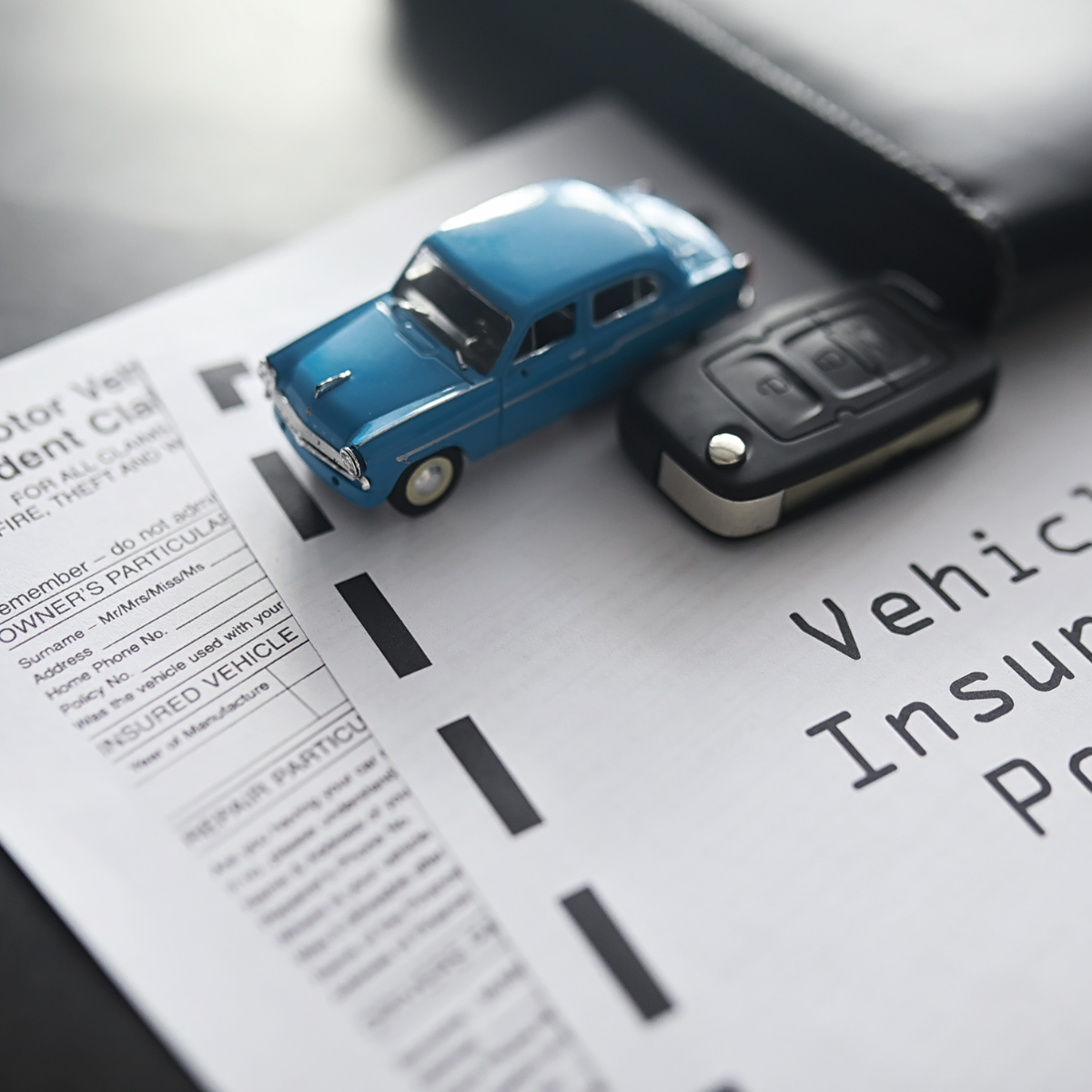Car insurance is one of the most important investments you can make to protect your vehicle and personal assets. It not only shields you from the financial burdens of accidents, damages, and theft but also offers peace of mind on the road. With a wide variety of car insurance policies available, understanding the different types of coverage and how to choose the right one can be overwhelming. This article will guide you through the most common types of car insurance, their benefits, and how to pick the perfect policy for your needs.
Why Car Insurance is Essential

Car insurance is not just a requirement; it’s a vital protection tool for your vehicle, finances, and overall safety. Accidents can happen at any time, and without the proper coverage, the financial burden could be overwhelming. Whether you’re looking for basic coverage or something more extensive, understanding the available options can help you choose the right policy for your circumstances. In this article, we’ll break down the various types of car insurance and provide tips on how to select the best one based on your needs.
Types of Car Insurance Coverage
When it comes to car insurance, there is no one-size-fits-all approach. Different policies offer varying levels of protection, from basic liability coverage to more comprehensive plans that cover a range of risks. Let’s take a look at the most common types of car insurance policies and how each one protects you.
1. Liability Insurance
Liability insurance is often the minimum requirement for car owners in most places. This type of coverage protects you if you’re found to be at fault in an accident. There are two key components to liability insurance:
- Bodily Injury Liability: Covers the medical costs of people injured in an accident that you caused. This can include hospital bills, rehabilitation, and sometimes lost wages.
- Property Damage Liability: Pays for the damage caused to someone else’s property in the event of an accident that you caused, such as a damaged fence, building, or another vehicle.
Liability insurance is a must-have, especially for those on a budget or those who are only looking for the bare minimum of coverage. However, keep in mind that liability insurance does not cover your own medical expenses or vehicle repairs, which is why you may need additional coverage.
2. Collision Insurance
Collision insurance is designed to cover the cost of repairing or replacing your own car if it is damaged in a collision, regardless of who is at fault. This type of coverage is especially valuable for new or expensive vehicles, as it ensures that you won’t have to pay for repairs out of pocket after an accident.
Whether you hit another vehicle or a stationary object, collision coverage can help cover the expenses. If your car is beyond repair, it can also help pay for the cost of replacing your vehicle.
3. Comprehensive Insurance
Comprehensive coverage is often recommended for those who want to protect their vehicle from non-collision damage. This type of insurance covers a wide range of incidents, including:
- Theft
- Vandalism
- Fire
- Natural disasters (e.g., hail, floods)
- Animal collisions
Comprehensive insurance is especially useful for drivers in areas prone to extreme weather or high theft rates. It offers peace of mind, knowing that your car is protected against a wide variety of unpredictable events. Like collision coverage, comprehensive insurance can also help cover the cost of replacing your vehicle if it is completely destroyed.
4. Uninsured/Underinsured Motorist Coverage
Unfortunately, not all drivers carry adequate insurance. If you’re in an accident with a driver who doesn’t have insurance or lacks enough coverage, uninsured/underinsured motorist coverage (UM/UIM) can help cover the cost of damages.
This coverage can pay for medical expenses, lost wages, and vehicle repairs that are typically your responsibility if the at-fault driver is uninsured or underinsured. It’s particularly important if you live in an area with a high number of uninsured drivers.
5. Personal Injury Protection (PIP)
Personal injury protection, or PIP, is a type of car insurance that covers medical expenses for injuries sustained by you and your passengers, regardless of fault. It can include:
- Medical bills
- Lost wages
- Funeral expenses
- Rehabilitation costs
PIP coverage is often required in no-fault states, where drivers must carry a certain amount of coverage to cover medical expenses and injuries regardless of who caused the accident. Even in states where it’s not required, PIP can provide valuable financial protection for you and your passengers.
6. Medical Payments Coverage (MedPay)
Medical payments coverage is similar to PIP but with a more limited scope. It covers medical expenses for you and your passengers after an accident, regardless of fault. MedPay typically covers medical bills, ambulance fees, and hospital stays. It does not, however, cover lost wages or non-medical expenses like rehabilitation, which PIP might cover.
MedPay can be a good option for drivers who don’t have health insurance or who want additional coverage on top of their primary health plan.
How to Choose the Right Car Insurance Policy
Choosing the right car insurance policy can be challenging with so many options available. Here are some tips to help you make the best decision for your needs.

1. Assess Your Vehicle’s Value
One of the most important factors to consider when choosing car insurance is the value of your vehicle. If you own a newer or high-value car, it’s a good idea to invest in comprehensive and collision coverage to protect your investment. On the other hand, if your car is older and has a lower market value, you might decide that liability coverage is sufficient for your needs.
2. Consider Your Driving Habits
Your driving habits can impact the type and amount of coverage you need. For example, if you drive long distances regularly or live in an area with high traffic congestion, you may be at a greater risk of accidents. In such cases, comprehensive coverage and higher liability limits may be worth considering.
If you mostly drive short distances or live in a rural area with minimal traffic, you might be able to get by with basic liability coverage.
3. Evaluate Your Budget
While it’s important to have adequate coverage, it’s also essential to stay within your budget. Insurance premiums can vary significantly based on the level of coverage you select. Be sure to compare quotes from multiple insurers to find a policy that provides the right balance of protection and affordability.
You can also consider raising your deductible to lower your monthly premium. Just make sure that you can afford the deductible in case you need to file a claim.
4. Understand State Requirements
Each state has its own minimum insurance requirements, so be sure to familiarize yourself with the laws in your area. At the very least, you’ll need liability coverage to meet the legal requirements. However, depending on your personal circumstances and the value of your vehicle, you may want to consider adding additional coverage.
5. Compare Insurance Providers
It’s always a good idea to shop around and compare quotes from different insurance providers. Each insurer offers unique benefits, discounts, and coverage options, so it’s important to find one that aligns with your needs. Make sure to read reviews and check the insurer’s reputation for customer service and claims handling.
Conclusion
Choosing the right car insurance policy is crucial to protecting yourself, your vehicle, and your financial future. Whether you opt for liability, collision, comprehensive, or a combination of different coverages, understanding the various types of insurance is the first step toward making an informed decision. By assessing your vehicle’s value, driving habits, and budget, you can find the perfect car insurance policy that fits your needs and offers the right level of protection.

Leave a Reply